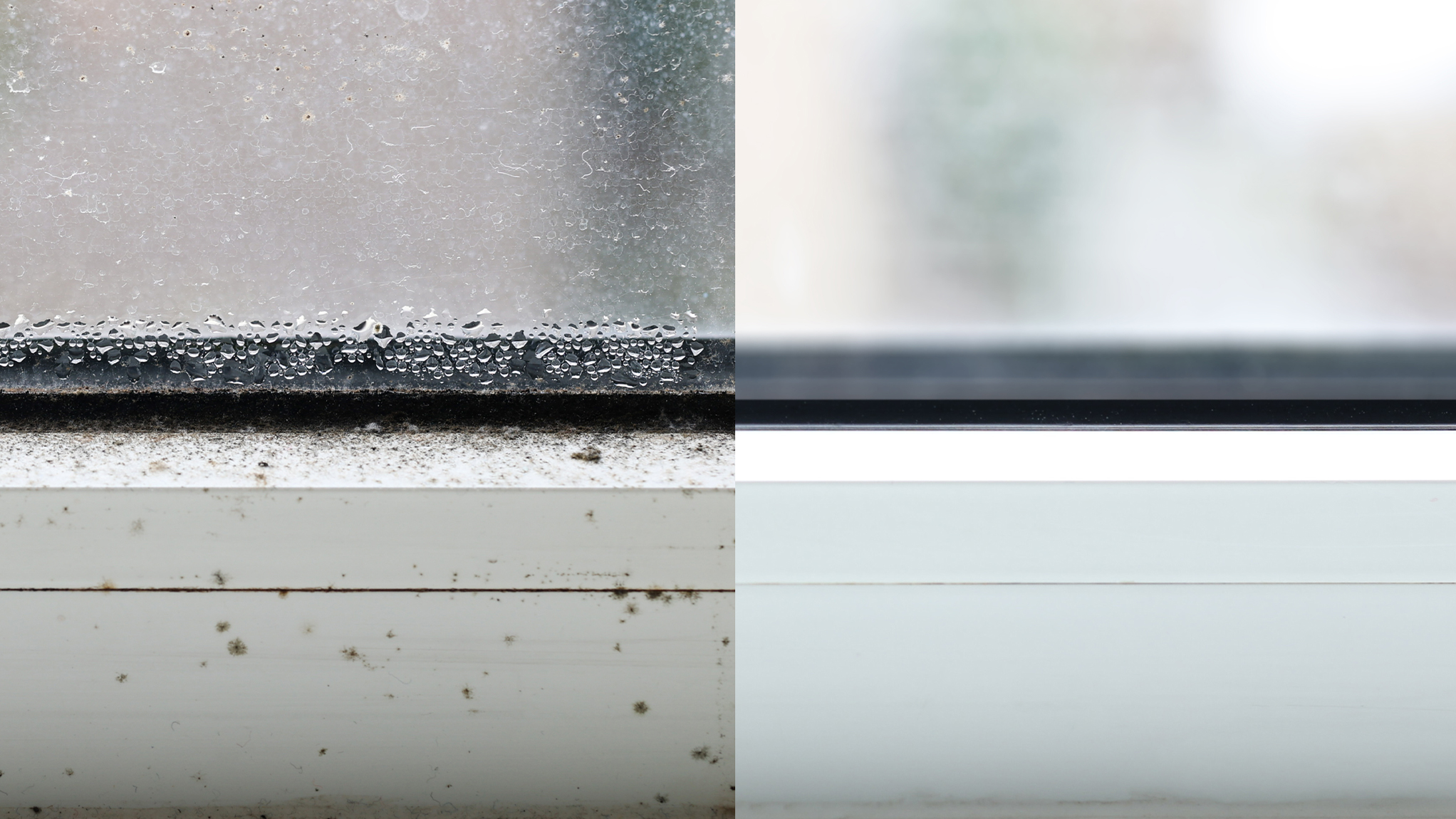Many people like to use a dehumidifier to protect their boat and their belongings over winter. Organic material in particular is prone to damage from excess moisture which explains why cushions and bedding often smells musty when you return to your boat in spring. Anything paper based like books, pictures or for the old school – maps, can absorb moisture and curl up while wood and veneer can also be attacked.
wood and veneer can also be attacked.
If your boat is laid up near to a power supply then you can use a dehumidifier to keep humidity levels down and to prevent potential damage.
Choosing your dehumidifier consider:
• The boat will be unheated over winter and not all dehumidifiers work well in the cold.
• You are likely to be carrying this dehumidifier between a car and the boat, so weight comes into consideration.
• If your boat is still on the water then avoid a dehumidifier with castors as it will roll around.
• All dehumidifiers have the ability to drain water away continuously so don’t worry too much about that.
A desiccant dehumidifier operates well in cold conditions, so choosing a desiccant rather than a compressor dehumidifier is best for boats, and they tend to be lighter, and do not have castors.
Once you have your dehumidifier on board here is how to get the best out of it.
• Place the dehumidifier on a level surface, the galley side.
• Use a RCD because you are using an electrical appliance on your boat and it will be unattended most of the time. The boat owner must still clean the filter and check the quality of his/her RCD and power supply.
• Drain the water away using a hose into a sink (otherwise the dehumidifier will turn itself off when it is full and you will need to go back to the boat every day to empty the tank).
• Use as little hose as possible and don’t leave excess curled up in the sink. Too much hose will create a negative air pressure and the water will not flow down the hose, the tank will fill and the dehumidifier will turn off.
• Don’t use a plug-in timer switch with your dehumidifier. This is like giving your appliance a power cut twice a day and will damage it in the long run. Desiccant dehumidifiers have a cool down time system after power off and the plug-in timer stops this from happening and compromises safety and shortens the dehumidifier’s lifespan.
• Seal the boat up the best you can. You don’t want to be dehumidifying the whole of Britain.
• Leave the internal doors open so that the damp air in the boat can migrate towards the dehumidifier and be dried.
Keeping the costs down
• A desiccant dehumidifier has a heater inside it as part of the desiccant regeneration process. The Meaco desiccant dehumidifiers have two heater settings at 330 watts and 650 watts. So by setting the dehumidifier to single fan speed the heater will never go above 330 watts and by selecting a humidity setting of 60%rh you will keep the humidity in the boat sensible but m inimise the dehumidifiers running time.
inimise the dehumidifiers running time.
• For those that like to have some background heat in the boat the 330 watts from the desiccant dehumidifier can be seen as an alternative to having a tubular heating on board in winter.
• The dehumidifier will run less if you have the boat sealed, this saves energy as well.
• For those desperate to minimise the dehumidifier’s run time the Meaco DD8L Zambezi is the only desiccant dehumidifier to have Daily Run Timer so it can be set to switch on and off at set times and will shut down safely each time.
• When you do visit the boat clean your filter, this will increase the lifespan of the dehumidifier and will keep it efficient ensuring that your running costs are reduced.
When buying the right product for you, the DD8L Junior would do the job just fine. If you want to restrict the hours of operation then buy the DD8L Zambezi with its Daily Run Timer.
Shop Zambezi: https://bit.ly/2wiWp7i
Follow us on Twitter – Facebook for my more updates! To find out more, click here.
Products featured: Meaco DD8L, Meaco Junior DD8L, Meaco DD8L Zambezi






